Are expensive Lee ND Grads worth the money? I decided to test this for my self and set up an experiment – a Lee ND Grads vs post production ND Grads. Which is better and do we always need to get it right in the camera?
During a recent photography shoot on Rannoch Moor I decided to put this to the test. My colleague had an enviable full set of Lee filters with it and I have to admit I do covet them. After much persuasion, pet lips and the promise to leave him my pension in my Will should I damage it, he agreed to let me borrow his Lee 0.6 ND Grad. This way I could set up the experiment to find out which would produce the best results and if there would be a discernible difference between a Lee ND Grad vs post production ND Grad.
So I found my spot on the frozen banks of Lochan na h-Achlaise and set my camera on the tripod to begin the experiment. I put the Lee filter in its holder on the front of my lens, after I had pretended to drop it a couple of times and amused myself as I watched the blood drained from John’s face. I’m sure the frost bite and the thought of seeing one of his set of filters end up as fragmented glass, took a few days off his life. Still, I had fun!
Once the expensive filter was in place and adjusted in such a way that it darkened just the top of the image, I took the shot. Then I carefully removed the filter from it’s holder. I say carefully this time simply because I was mindful not to move the camera’s position – nothing to do with John’s blood pressure. Now I took another shot without any filter in place. My intention with this second image was to apply a post production ND Grad and decide if I could see which image was the best. Or to be more precise, allow you to gauge which one you prefer and to hazard a guess at which is which.
Once home, I imported all the images into Lightroom and applied a 2 stop ND Grad to the second image (the one with no filter in place). I have to admit, I can see a tiny bit of a difference but the big question is – which is which? It is also worth bearing in mind that the ND Grad in Lightroom has many options compared to the fixed option of a real ND Grad.
So here’s the questions:
- Which image has the Lee filter and which is Lightroom?
- Is the difference worth the cost?
- Do we always need to get it right in the camera?
You can comment below and let’s see who guesses correctly. The images are arranged in the same order as they appear in the slide sho at the top of this post.

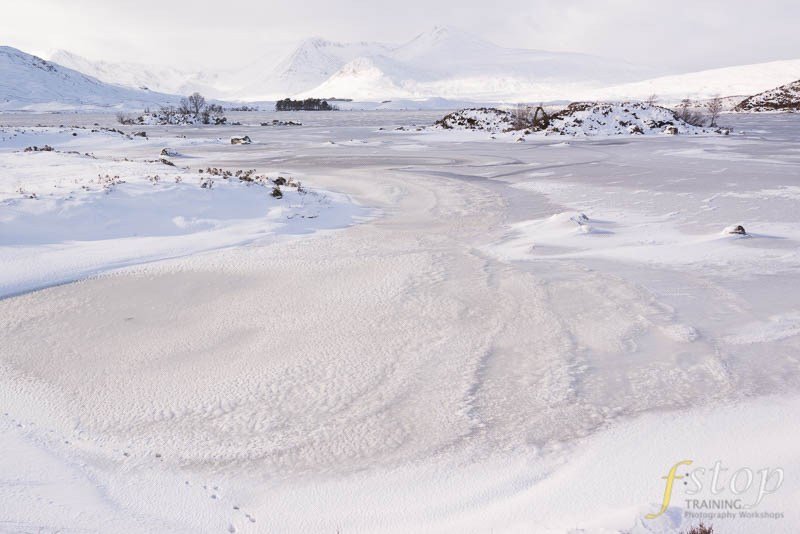
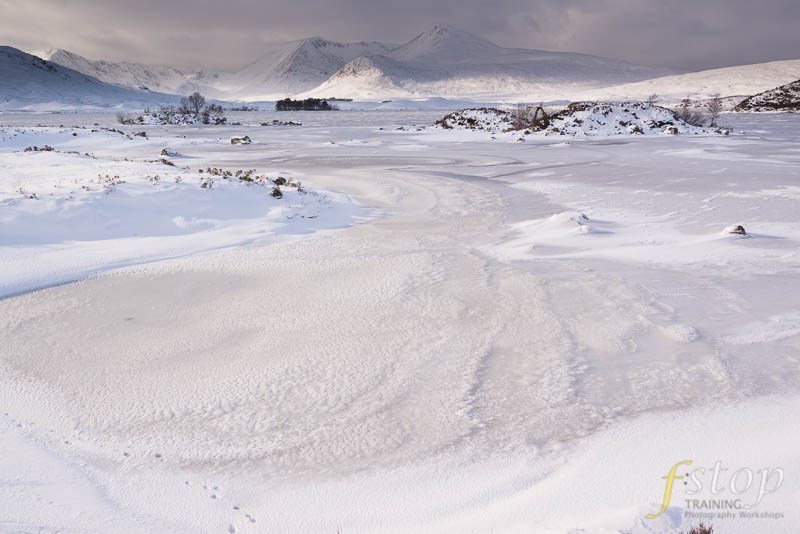
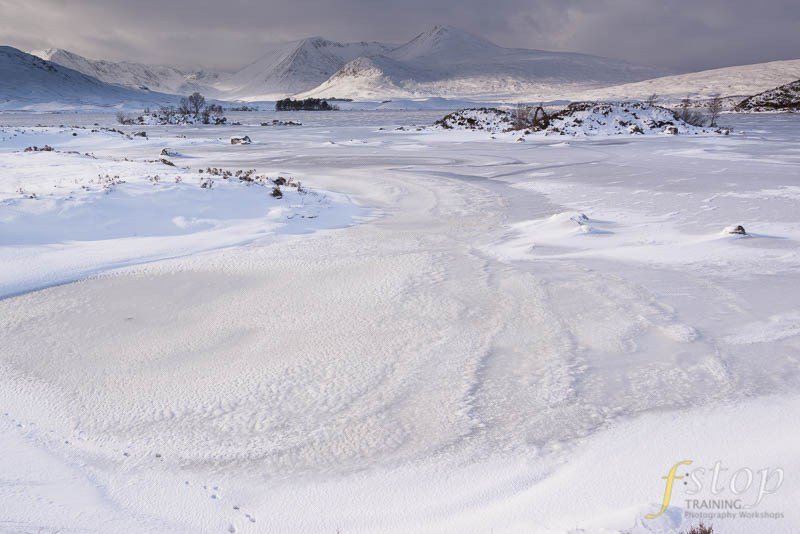
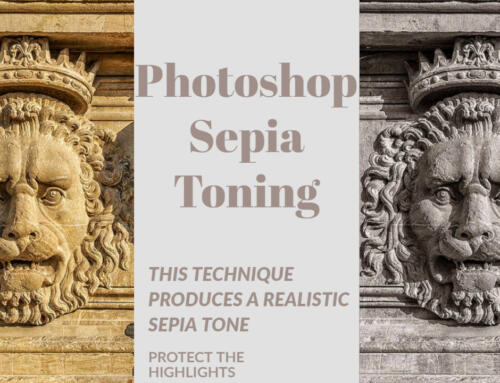


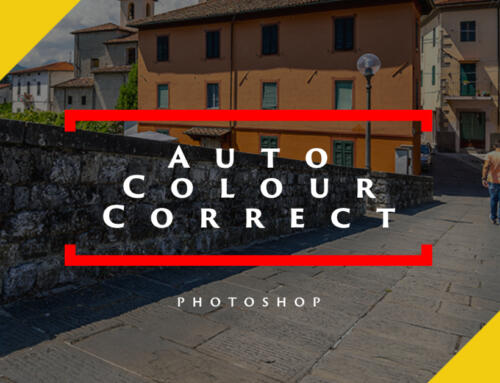

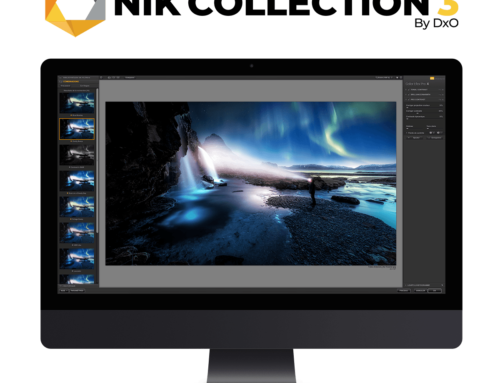
The third image has an increased blue tinge across the whole image, which I think is more pleasing, but most likely to be caused by a Lee filter (although I’ve never used one or even held one). It is pretty clear that this effect could be replicated in post with some other adjustments. The main difference being the increased contrast of the mountains, which both “processed images” are too similar to warrant putting something in front of lens that cuts out light. However, it would be good to see more comparisons in different conditions. Pure blue sky for example.
Paul, thanks for your comment and thoughts. I was quite surprised by this very unscientific “experiment” when I did it. It was mainly a bit of fun and a way to scare John while I was continually pretending to drop his precious Lee filter. However, while I do feel that ND grads are a very useful addition to any landscape shot, I’m not sure you need to pay so much for them. But, I have used very cheap starter pack ND grads and they are awful but would there be a huge difference between mid-priced ND grads and a Lee grad? Is this snob appeal? Or, is it better to not block any light from your camera’s sensor, shoot in RAW and use post production software?
I do understand the nature with which the experiment was conducted. I prefer in camera where possible, but using post production as a creative tool is equally valid and many people (including myself) have barely scratched the surface of what’s possible. You haven’t said whether my guess was correct or not though 🙂
Ah, you’re right – I didn’t say. The middle image is the Lee filter image and the third is the Lightroom ND grad filter. The slight blue cast could have been adjusted in Lightroom at the same time as coud contrast etc. The beauty of a software ND grad is that it can adjust more than just exposure.
You are correct about getting it right in the camera but I’m not sold on getting it perfect in the camera. I’ve seen too many photographers being paralysed by perfection and not taking the shot in the end. This method is acceptable if you are shooting medium format film and need to pay attention to your costs but not today when you are shooting digital. It costs nothing to take the shot and delete it later if it’s way off.
The other extreme is equally as wrong in my opinion; don’t just lift a camera and press the button without giving it thought. Don’t “hose” scenes with your camera and rely on post processing. The skill is being able to blend both disciplines.
Post processing photographs is nothing new in the digital era and all the great photographers of the past used darkroom processing techniques extensively.